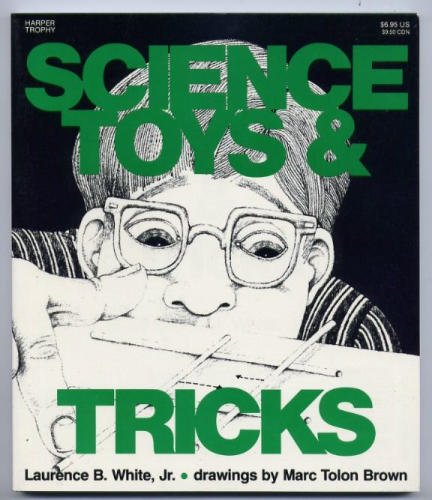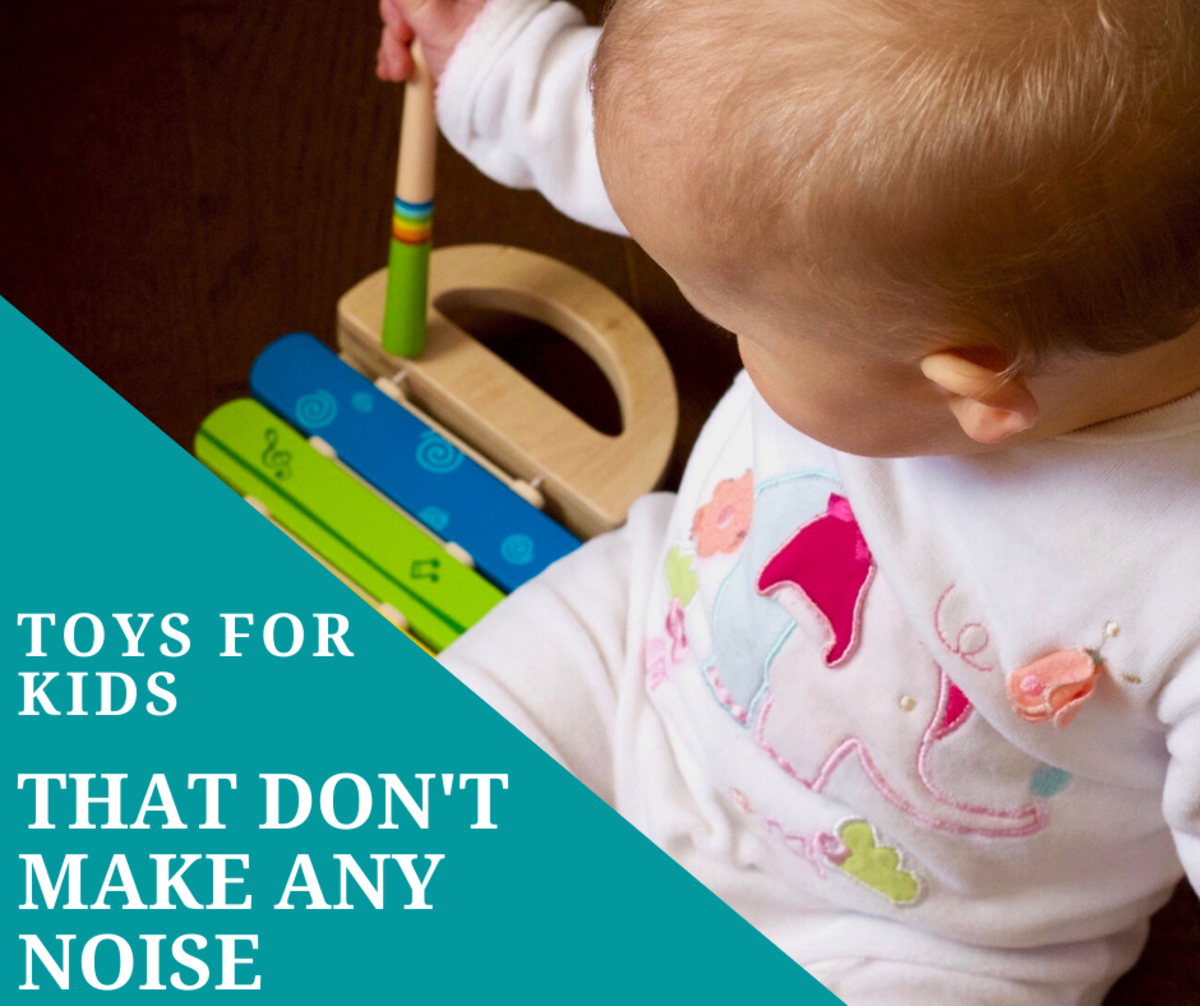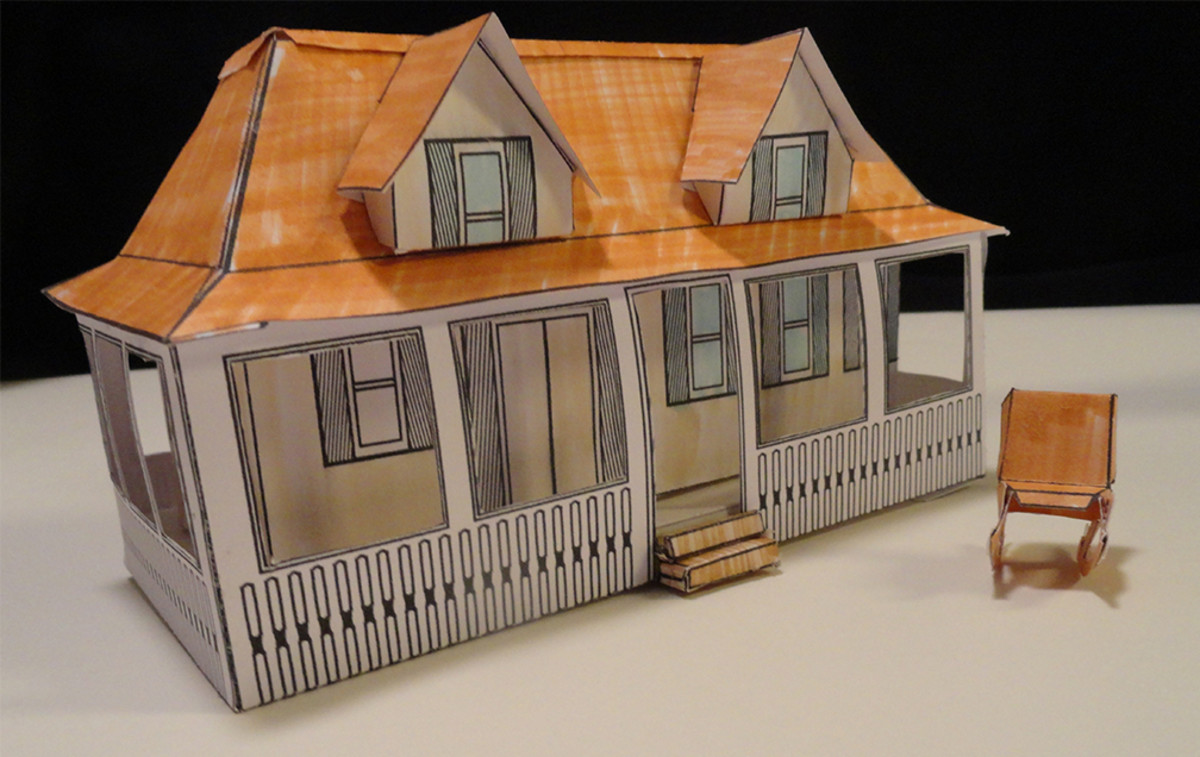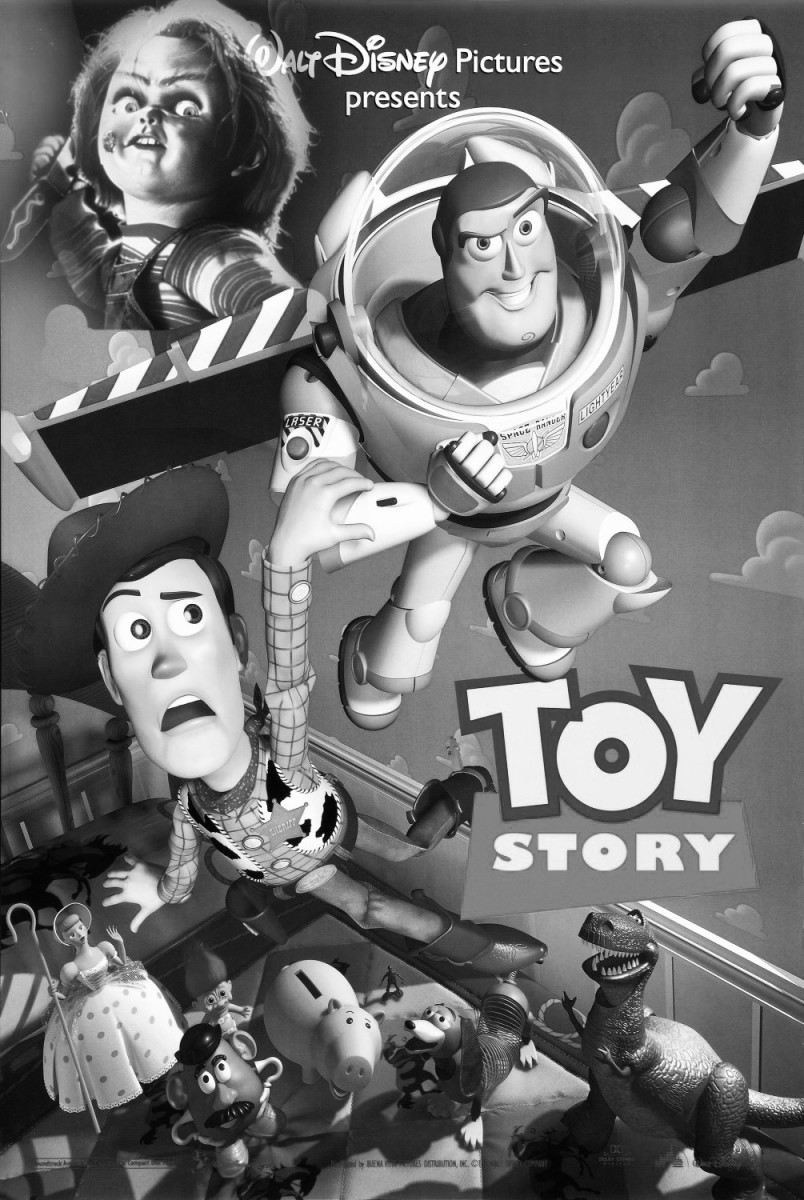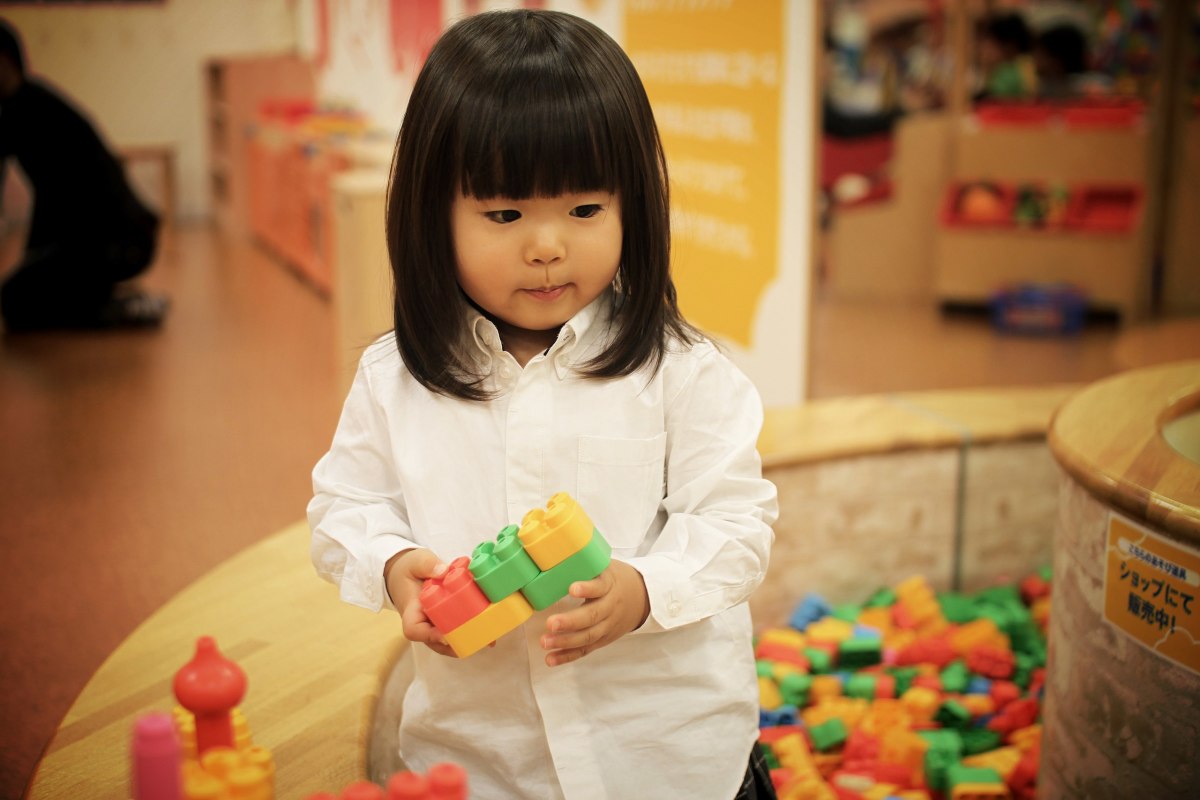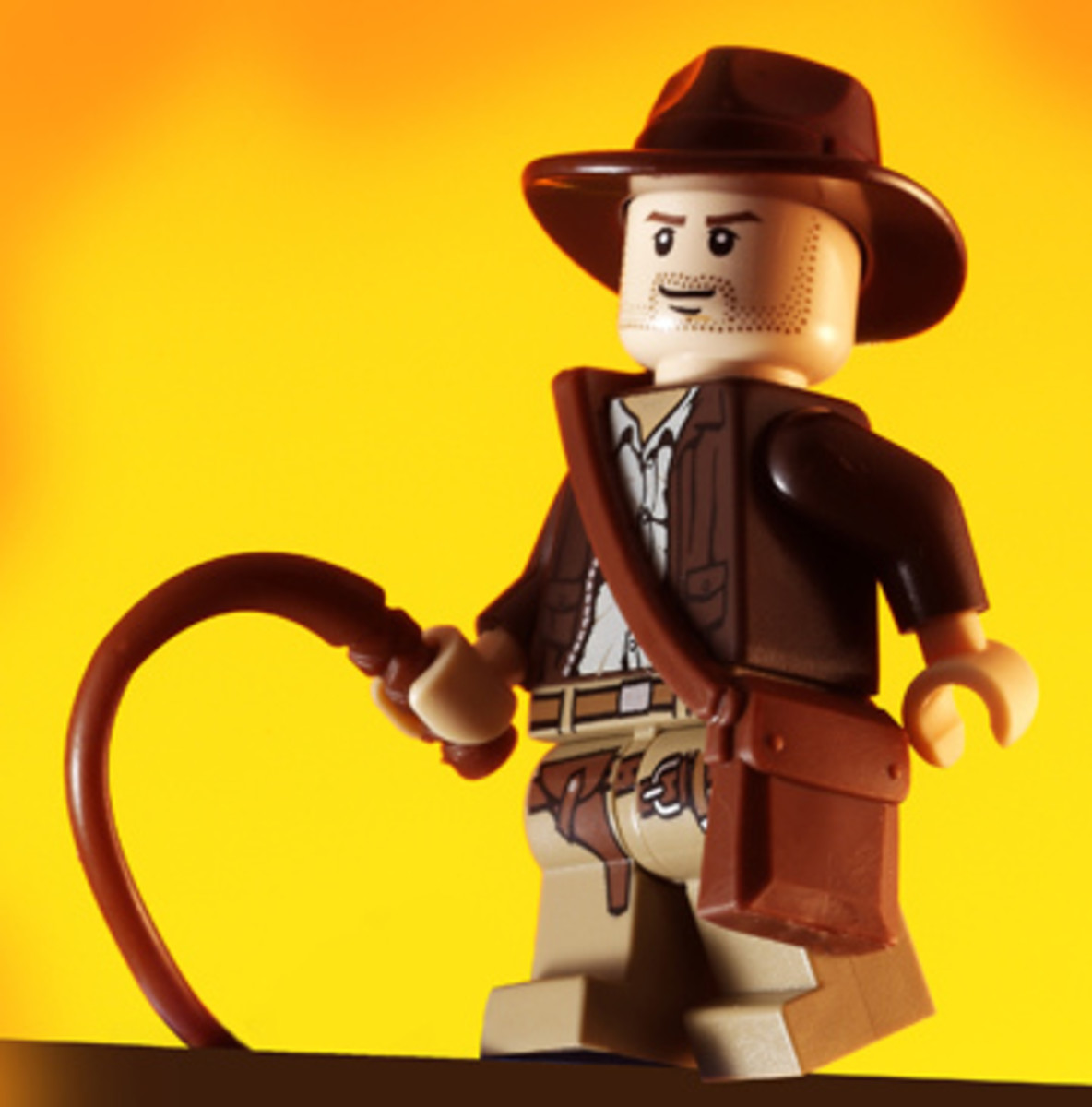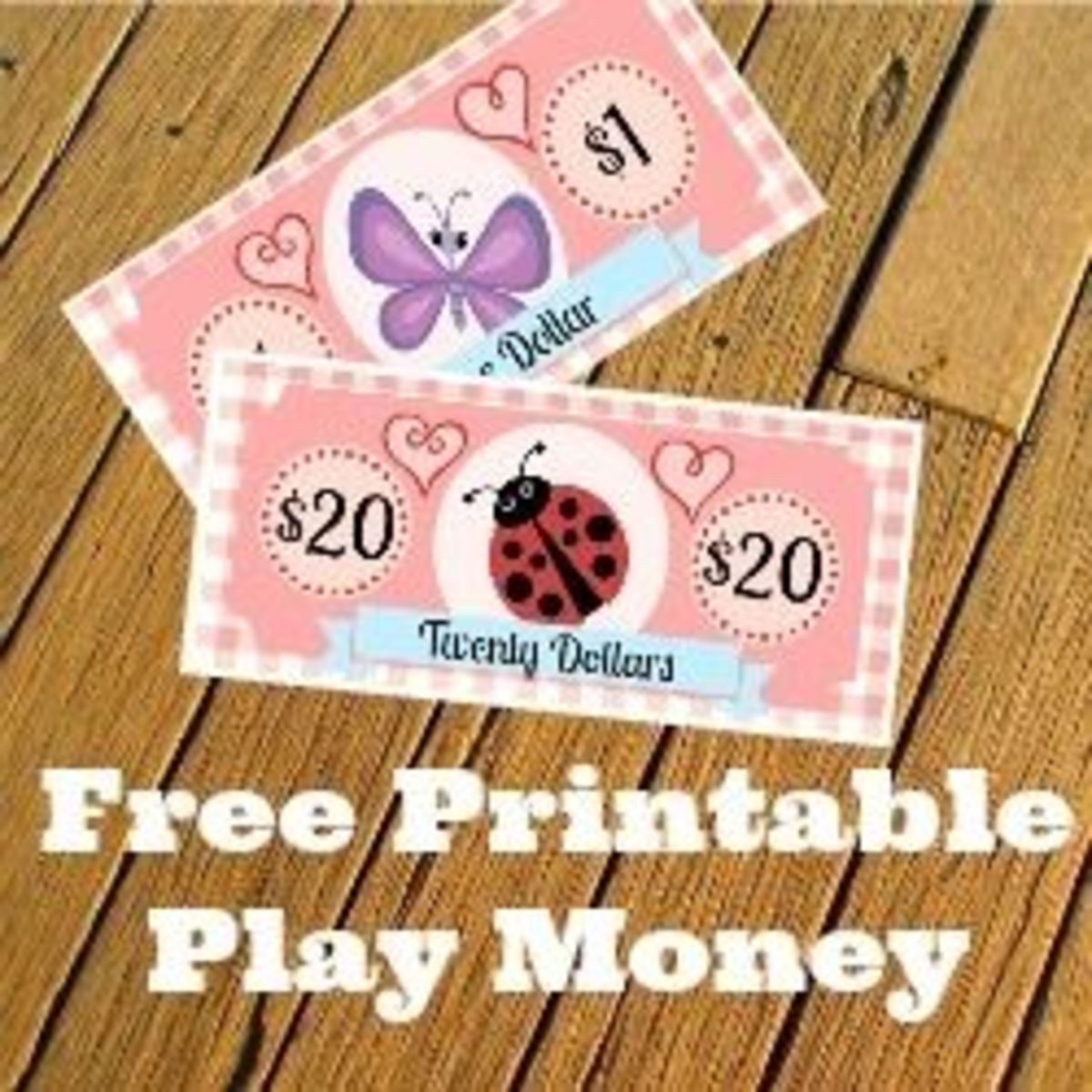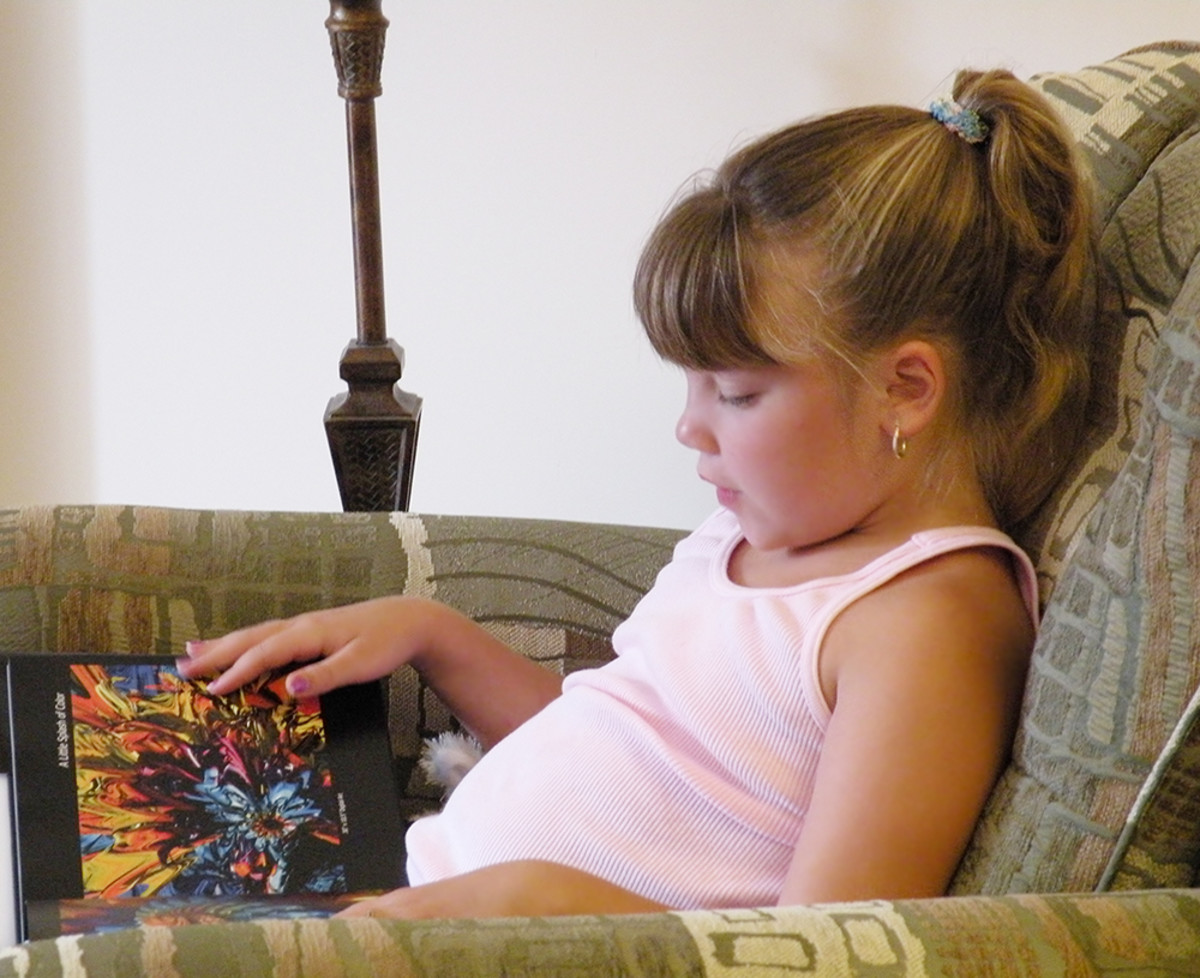Best Educational Toys for Kids

What is the top feature you look for in a child's toy?
What Makes a Good toy?
It could be convincingly argued that all toys are educational, in as much as they provide for play and play is one of the chief ways by which children learn. However all toys are not equal and a good educational toy will offer the child a richer and better quality play experience. So what makes a good educational toy?
First and foremost a good educational toy should educate; that is, it should foster curiosity, instruct, promote intellectual and/or physical stimulation and help develop skills. An educational toy may be specifically focus on one particular skill or it may have a more generalised value. Importantly, it should be attractive to the child, for the most educational toy in the world will be of little value if the child doesn't want to play with it. Thus, as a general guide, the toy should have the following attributes:
- it should engage the child
- be interactive not passive
- be instructive
- enhance skills
- be fun to play with
- fulfill creative play needs
- promote imagination
- be age appropriate
- be safe
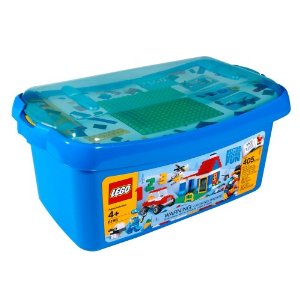
Construction Toys
Constructive toys lead to constructive play. Children love to create things and building something from scratch offers them the chance to develop many skills as well as experiencing a sense of acheivement. To construct, you need to use imagination, planning, manual co-ordination and creativity and such play is very good for sharpening motor skills and hand-eye coordination.
There are building sets for all age ranges and it's never to early to get them started on this type of play. Beginning with simple building blocks and stackers, very young child can angage with this type of play.
Traditional Lego is a great choice for children - the blocks are colourful and attractive and the pieces are excellent quality so they fit together well. Don't be tempted to buy one of the many cheaper versions that are around, as there's nothing more frustrating to a kid than pieces that just wont fit together properly and/or keep popping out. Lego, a Danish company, have been making building blocks since the 1940's, so they've had along time to get it right. The blocks allows for some very creative play and it's a toy they will keep going back to over and over again.
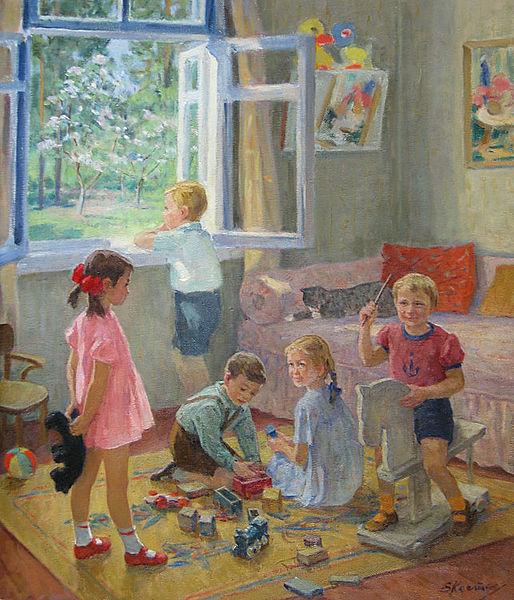
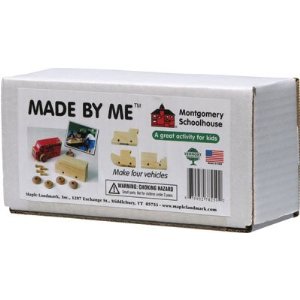
Easy to Handle
For very young, pre-school children, chunkier constructions pieces are a better choice as they are much easier to fit together using little hands and they're too big to swallow and thus do-not pose a choking danger.
There are many types of construction kits available, from simple building blocks to elaborate motorised, mechnised and electronic sets for older children. Kids can build railways, houses, towns..windmills..even galaxies. Construction is also not just for boys and there are specific sets available that are more attractive to girls. Any child of any age can benefit from a construction kit.
From an educational point of view, construction toys also include puzzles, jigsaws, mask and jewellry making and outside play which might include the creation of a billy-cart, dolls house or fort. educational play does not always have to be 'bought' froma store -it can happen in ypur own back yard with whatever you have available.
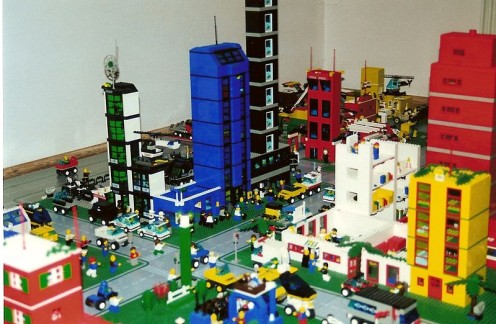
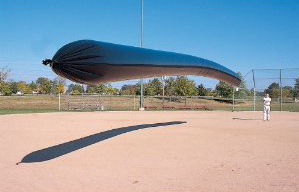
Science and Nature Toys
Toys which foster curiousity and help children to explore and understand something of the world around them and how it works are invaluable from an educational perspective and there are some fantastic toys on the market that fulfill this criteria.
From microscopes that reveal a hidden, miniature world, to experimental chemistry sets to amazing solar bags, telescopes, electrical circuits and much, much more..the world of science is a wonderful one to open up to your children.
While for younger children science toys might mean a magnifying glass or giant magnet, as your child grows older, the toys become more complex and sophisticated. However, whatever the age, science is not just about questioning and problem-solving, though these things are important. It's also a study of cause and effect and among other things, children learn how actions affect consequences.
Science toys aren't all cerebral, as they also help to develop fine motor skills which involve using the body and hands for delicate movements. Such skills are useful for drawing, writing and playing an instrument and putting together a motor. Some scientifc toys, such as the solar bag, also involve physical outdoor play.
Choose age appropriate toys and make sure they are safe. for younger and middle children, you could try a bug-catcher, create an ant farm, grow a garden or build a skeleton or dinosaur. For older children try a chemistry set, microscope, telescope, solar bag or let yur child make their own with the Science Toys and Tricks book.
